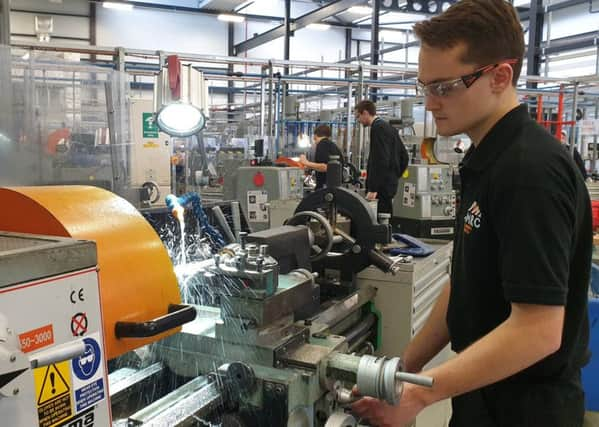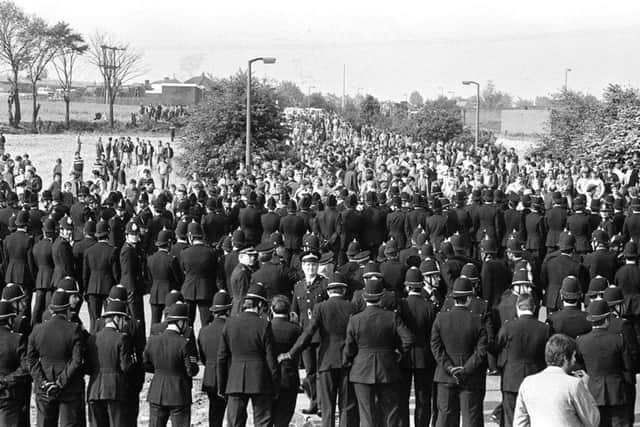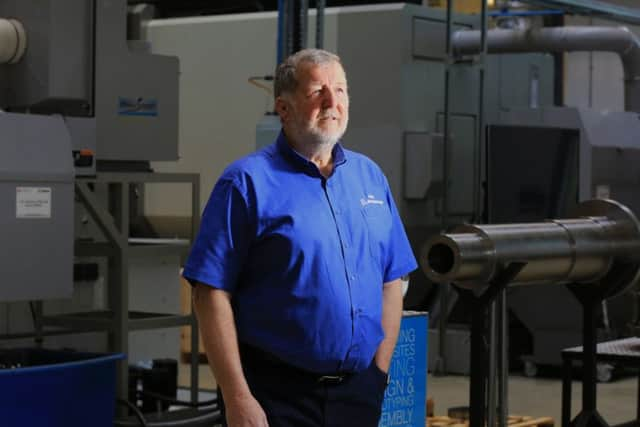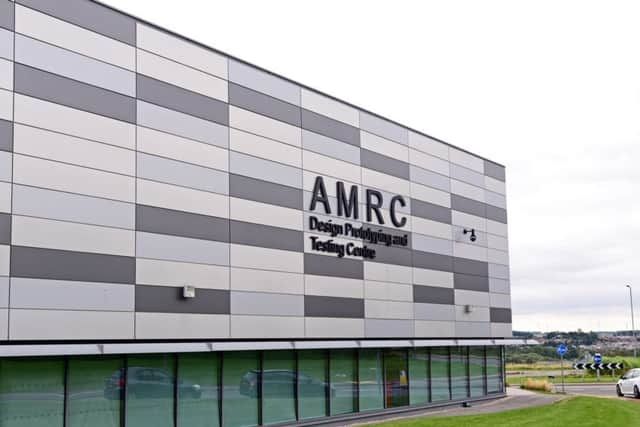The AMRC complex transformed Orgreave and can now revolutionise the North’s economy – Professor Keith Ridgway


But why build something new when you could fine tune and then turbo-charge a model that has been proven to work – the Advanced Manufacturing Research Centre (AMRC)?
Advertisement
Hide AdAdvertisement
Hide AdAs one of centre’s founders in 2001, we found ourselves scoffed at by many in industry, higher education and politics, for thinking that a centre of manufacturing excellence could be built on the site of the old Orgreave coking plant, a scene best known for industrial confrontation rather than collaboration, and one that seemed doomed to terminal economic and social decline.


I am pleased to say that not everyone was sceptical. The Yorkshire Post nailed its colours to our mast from the beginning declaring, three years before the first building was opened, that our vision could be ‘more important for Sheffield than the discovery of stainless steel’. Fifteen years later, land we bought for £30,000 an acre is now amongst the most expensive industrial development land in Europe, trading for £800,000 an acre. Such is the price of success.
Advertisement
Hide AdAdvertisement
Hide AdMy preferred metric is the thousands of young people from Rotherham, Barnsley, Doncaster and the east side of Sheffield, who now see an apprenticeship in advanced manufacturing with the likes of Boeing, Rolls-Royce and McLaren and their supply chains, as a high-value option for them.


It’s no surprise that when Northern Powerhouse Minister Jake Berry was up here recently he told his audience: “When I talk to the Prime Minister about what the North could become I talk about the AMRC.”
From the earliest days, our focus was on using collaborative research and development to drive step-changes in productivity. It remains much the same today, but with a greater emphasis on sustainability and the transition to net zero carbon. If the Prime Minister and his inner circle – who are clearly thinking about a realignment of British politics – want to change the North for good, there must be a practical drive for industrial regeneration and high-value jobs as well as physical and digital infrastructure.
Climate change should be forcing us to think about our infrastructure and our travel to work patterns. Are two to four-hour daily commutes really sustainable? Should we not now be thinking of a manufacturing renaissance based on innovation districts where people can live, work and play without the need to commute? The increasing trend to digitisation also offers an opportunity to address this and to encourage an increased level of co-location of work and housing. If this co-location is accepted as a more sustainable strategy, it changes our thinking on the development of centres of excellence, urban planning and infrastructure and opens the potential for the regeneration of northern towns, which were traditionally built around a regional specialisation, such as textiles, mining, shipbuilding, heavy engineering, and power supply.
Advertisement
Hide AdAdvertisement
Hide AdWhile some of these industries are no longer viable, there is still the opportunity for renewal: the east side of Sheffield as the hub for manufacturing the world’s first fusion power stations; and the textile towns of West Yorkshire and Lancashire a hub for weaving hi-tech composites and other lightweight materials for an estimated $130bn global market.


I believe there is great potential for neglected towns across the North to find a new focus, to become highly desirable working environments, reversing the trend of depopulation and decay in areas with long and sustainable manufacturing traditions. This new kind of digital manufacturing – clean, quiet and cool, more Apple Store than shop floor – will also attract a younger generation who also have a greater focus on the work-life balance and a passion for reversing climate change.
Doubtless there will be doubters. But, if we can transform Orgreave from a scene of desolation and despair into one of aspiration and hope, is it really so difficult to imagine a turbo-charged AMRC as a series of interlinked hubs doing the same for Moorside in Cumbria; Sunderland and Redcar in the North East; Preston in Lancashire; Hunslet, Halifax and Wakefield in West Yorkshire; and Rochdale, Bolton and Bury in Greater Manchester?
Although the AMRC is a success, there are a number of improvements that could increase its impact on GDP in the North. Ownership by one university severely restricts access to world-leading research in other universities. Having one centre also ignores regional skills and reduces the geographic spread of the impact; it diminishes the importance of place.
Advertisement
Hide AdAdvertisement
Hide AdSo what might the answer be? Two spring to mind. Treat the AMRC as a standalone (but highly networked) research model either through a new funding stream or through a new ownership model. Second, shift its governance into a wider pan-northern university network – say with Manchester and Leeds to start with.
Tasking an independent AMRC with extending its transformation of the Orgreave site across the wider North would enable the Prime Minister to stake his claim to being the moving spirit behind a great northern manufacturing revival. Restoring pride in great British manufacturing will resonate here down the generations and around the globe.
It will show how the strife and confrontation of the past has been replaced by partnership and collaboration; and how a turbocharged northern economy, with a much expanded apprenticeship training offering, can open untold opportunities for the young engineers and innovators of the future. Made in Britain: Made in the North.
Professor Keith Ridgway is the founder and former Executive Dean of the Advanced Manufacturing Research Centre.